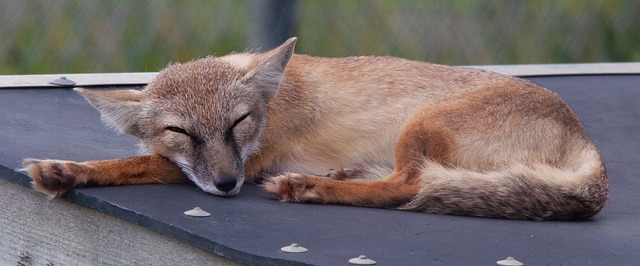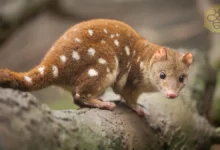Grassland Animals: List, Facts, and Adaptations

Grasslands are one of the planet’s most diverse ecosystems. They support a wide range of creatures, from large mammals to tiny insects. Numerous strategies have been used by grassland animals to adapt to their surroundings. To help them outrun predators, some animals have evolved long legs. Some people have feathers or fur that can help them blend in with their surroundings. Others can defend themselves by using their horns or teeth, which are sharp.
Table of Contents
List of Grassland Animals
Some of the most prevalent grassland animals are listed below:
Hoofed mammals called antelope are common in grasslands all over the world. They have sharp horns that they use to defend themselves and are quick runners.
Gazelle: An antelope species found in Africa is the gazelle. They are renowned for their swiftness and dexterity.
Giraffes: Giraffes are the world’s tallest mammals. They can be found eating tree leaves in Africa.
The world’s largest cat species is the lion. They are apex predators and can be found in Africa.
African zebras are striped horses with black and white markings. They live in herds and are social animals.

Elephant: The world’s largest land mammal is the elephant. They are herbivores that live in Africa and Asia.
Hippopotamus: These enormous semi-aquatic mammals are only found in Africa. They are herbivores and are frequently found in bodies of water.
Rhinoceros: Rhinoceroses are enormous mammals with thick skin that can be found in Africa and Asia. They eat plants and have one horn on their nose.
Large, hoofed mammals that live in Africa are known as wildebeests. Their yearly migration, one of the most significant animal migrations in the world, is what makes them famous.
Interesting Facts About Grassland Animals
The cheetah is the fastest land animal on the planet, with top speeds of up to 75 miles per hour.
The African elephant, which has a maximum weight of 14,000 pounds, is the largest land animal on Earth.
The giraffe, which can reach a height of 18 feet, is the tallest land animal on Earth.
The world’s most widespread grassland animal, with an estimated 1.5 million individuals, is the wildebeest.
Through their grazing on grass and other plants, grassland animals contribute significantly to the ecosystem. This helps to maintain the health of the grasslands and keeps them from overgrowing.
Humans can also get their food from animals that live in grasslands. Many regions of the world enjoy eating meat from animals like antelope, gazelle, and zebra.

Adaptations
Numerous strategies have been used by grassland animals to adapt to their surroundings. These modifications include:
Long legs: Having long legs makes it easier for many grassland animals to outrun predators.
Some grassland animals have feathers or fur that can help them blend in with their surroundings through camouflage.
Some grassland animals have sharp teeth or horns that they can use as weapons of self-defense.
The quick digestion of grass is made possible by grassland animals’ quick metabolisms.
Social behavior: Many grassland animals live in social groups that aid in both food gathering and self-defense against predators.

Conclusion
Grassland animals represent a diverse tapestry of life, each species weaving its unique thread into the ecosystem’s rich fabric. From the swift Cheetah to the mighty African Elephant, these animals have developed fascinating adaptations to thrive in their grassy homes. As we strive to conserve these precious habitats, let us marvel at the wonder and complexity of the natural world.
Grassland Animals List
Africa
- Aardvark
- Antelopes
- Bilbo’s Rain Frog
- Cheetah
- Leopard Tortoise
- Lion
- Rhinoceroses
- Zebras
Australia
- Agile Wallaby
- Eastern Grey Kangaroo
- Plains-Wanderer
- Western Barred Bandicoot
Eurasia
- Corsac Fox
- Eastern Imperial Eagle
- Great Bustard
- Pallas’s Cat
- Przewalski’s Horse
- Saiga Antelope
- Steppe Eagle
North America
- American Badger
- American Bison
- Burrowing Owl
- Coyote
- Great Plains Toad
- Prairie Falcon
- Prairie Dogs
- Prairie Rattlesnake
- Swift Fox
South America
- Big Hairy Armadillo
- Brazilian Guinea Pig
- Giant Anteater
- Maned Wolf
- Pampas Deer
- Pampas Fox
- Rhea


